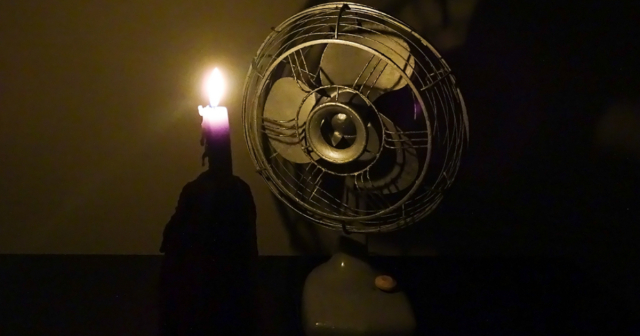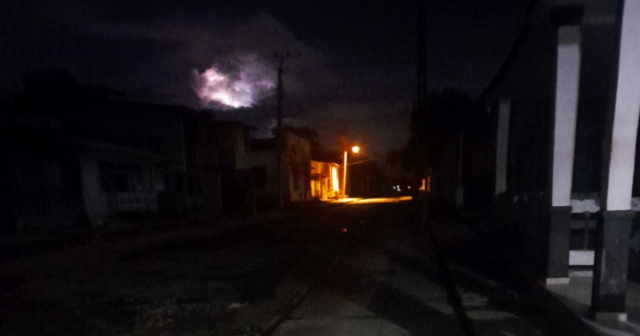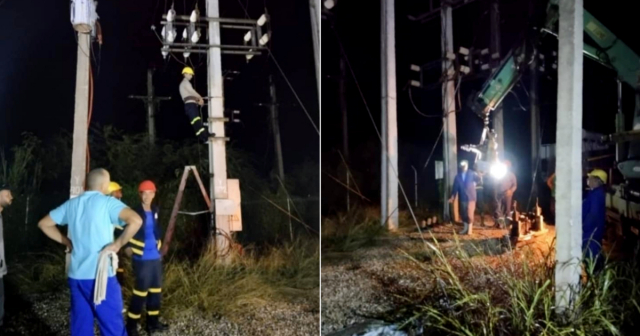Blackouts in Cuba continue, and the island's inhabitants endure long hours without electricity, which prevents them from carrying out their lives normally, especially due to the difficulties in cooking food. This Sunday, according to the forecast from the Unión Eléctrica (UNE), conditions will not be different from previous days.
On Saturday, Cubans experienced electrical outages for 24 consecutive hours due to a lack of generating capacity, and this continued throughout the early hours of Sunday.

The UNE reported that the maximum impact from this deficit reached 1,278 MW at 7:30 PM, coinciding with the peak electricity consumption period.
At 7:00 a.m. on Sunday, the availability of the SEN was 1,900 MW, while demand had already reached 2,580 MW, indicating a deficit of 660 MW. It is estimated that the shortfall will increase to 980 MW by noon.
The numbers were much higher than those predicted by the entity for several days last week, highlighting the serious problem with electricity that is being experienced on the island.
The outlook for this Sunday includes the eventualities of the shutdown due to breakdowns of unit 5 of the Nuevitas Thermoelectric Power Plant (CTE) and unit 2 of the Felton CTE. They also reported that unit 2 of the Santa Cruz CTE and unit 5 of the Renté CTE are under maintenance. In total, the limitations in thermal generation rise to 504 MW.
Distributed generation is also on the radar of impacts, with limitations of 558 MW, of which 350 MW are from 46 distributed generation plants and 208 MW from the Patanas de Melones and Santiago de Cuba, all affected by a lack of fuel.
To mitigate the impact, the UNE plans the entry of 10 engines from the Patana de Melones with 170 MW and the recovery of 100 MW from distributed generation that are offline due to fuel shortages. However, this will not be enough to cover the deficit.
It is estimated that for today's peak hour, the availability will be 2,070 MW while the demand will reach 3,300 MW, leaving a deficit of 1,230 MW. If these conditions persist, the UNE forecasts an impact of 1,300 MW during peak hours.
What do you think?
COMMENTFiled under:






